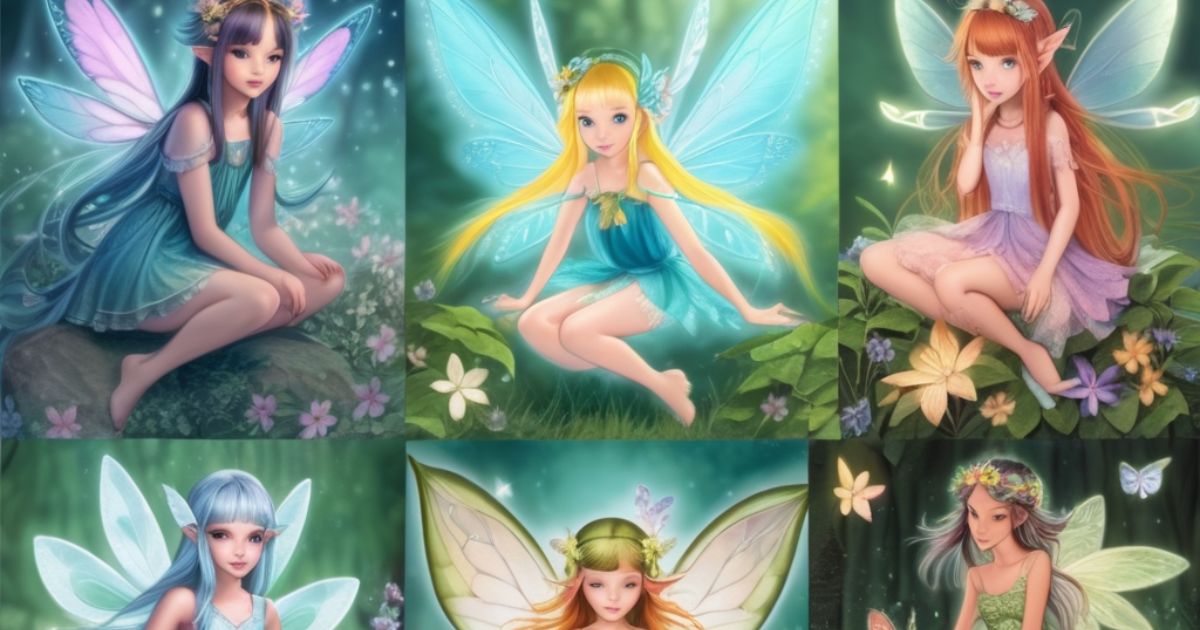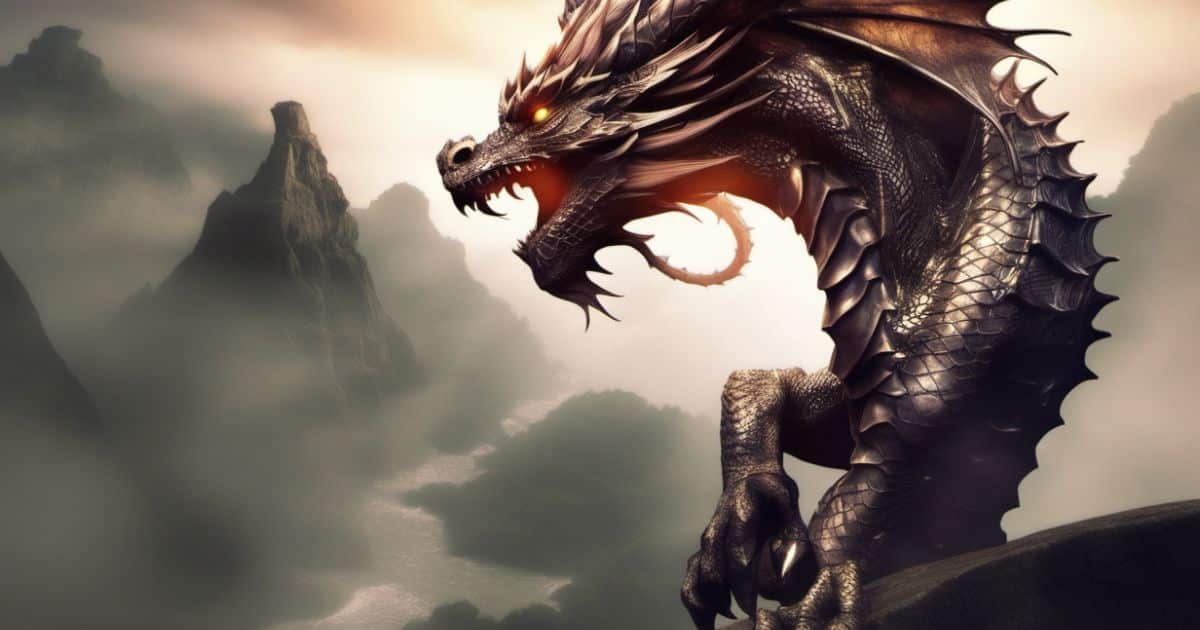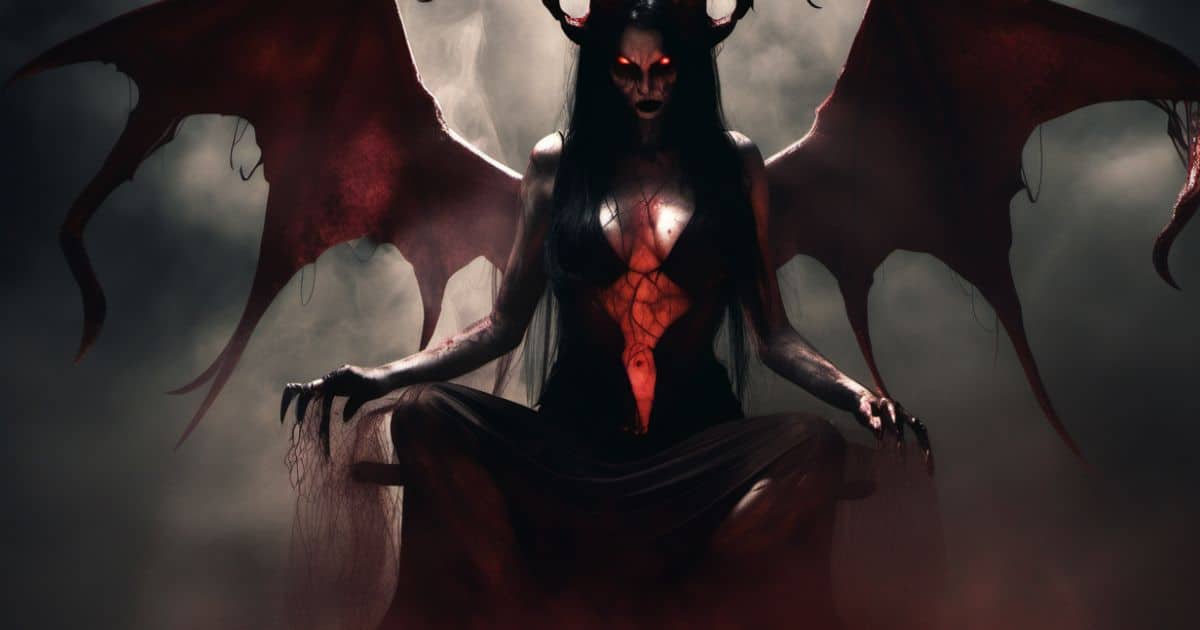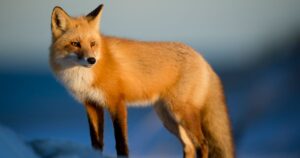From ancient tales to modern storytelling, the enchanting realm of fairies has captured the collective imagination of cultures worldwide. These whimsical beings, often referred to as faeries, sprites, nymphs, elves, and goblins, have been woven into countless legends and myths, embodying the magic and wonder of the natural world.
In this comprehensive article, we’ll delve deep into the mystical realm of fairies and explore 12 distinct types that have captivated the hearts and minds of storytellers and believers alike.
1. Pixies
Pixies are among the most widely recognized and beloved fairies in folklore. These diminutive creatures, often depicted as mischievous and playful, are said to possess vibrant wings and a penchant for harmless pranks.
Pixies have a deep connection with the natural world, particularly forests, meadows, and gardens, where they are believed to make their homes among the flowers and foliage.
These tiny fae beings are known for their mischievous antics, such as tangling the hair of unsuspecting sleepers, leading travelers astray with their enchanting dances, and playing tricks on those who disrespect the natural world.
Despite their love for mischief, pixies are generally considered benevolent creatures, often helping those who treat the environment with respect and kindness.
2. Gnomes

Gnomes are another type of fairy that has captured the imagination of many across the globe. These stout, bearded creatures are often depicted as skilled workers, particularly in the realms of mining, gardening, and craftsmanship.
Gnomes are believed to be the guardians of the earth, protecting its natural resources and ensuring the balance of the natural world. According to legends, gnomes dwell deep underground or in secluded forest glades, tending to their gardens and guarding the treasures of the earth.
They are known for their exceptional skills in metalworking, gem-cutting, and mining, and are said to be fiercely protective of their underground domains.
Read this Post: Funny Character Names for Games
3. Brownies
Brownies, also known as household fairies, are said to reside in the homes of those who treat them with kindness and respect. These industrious creatures are known for their willingness to assist with household chores, such as cleaning, cooking, and tending to the garden, often working during the night while the residents sleep.
Legends suggest that if a family leaves out a small offering of food or a trinket as a token of appreciation, the brownies will happily continue their nightly chores, ensuring that the household runs smoothly. However, if a brownie is mistreated or disrespected, they are known to turn mischievous or even vengeful, causing chaos and disorder in the home.
4. Dwarfs
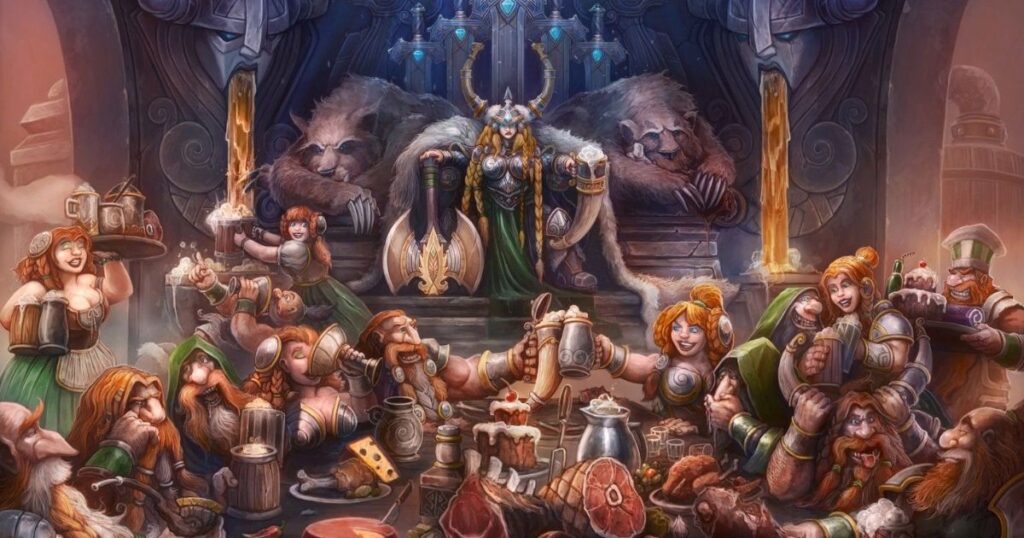
Dwarfs, or dwarves, are a type of fairy that has been prominent in various mythologies and legends across cultures. These small, stocky beings are often associated with mining, metalworking, and the guardianship of precious stones and minerals. Dwarfs are known for their exceptional skills in craftsmanship and their fierce loyalty to their kin.
In many tales, dwarfs are depicted as skilled blacksmiths and miners, forging powerful weapons and armor from the riches they extract from the earth. They are said to live in underground kingdoms, guarding their treasures fiercely and warding off intruders with their cunning and strength.
5. Elves
Elves are among the most iconic and widely recognized fairies in popular culture. These graceful and ethereal beings are often depicted as slender, with pointed ears and an affinity for nature and the arts.
Elves are renowned for their wisdom, magical abilities, and deep connection to the natural world, making them revered and respected in many fairy tales and legends.
In folklore, elves are often divided into two main groups: the light elves, who are associated with the sun, nature, and benevolence, and the dark elves, who are associated with the moon, magic, and mischief. Regardless of their alignment, elves are believed to possess incredible beauty, grace, and a deep reverence for the natural world.
6. Dryads

Dryads, also known as tree nymphs, are fairies that are deeply connected to the trees and forests in which they dwell. These nature spirits are believed to be the embodiment of the trees themselves, their lives intertwined with the growth and well-being of their arboreal homes. Dryads are often depicted as beautiful, graceful beings with a deep reverence for the natural world.
According to ancient Greek mythology, dryads are born when a particular tree sprouts, and they live as long as their tree remains standing. If their tree is harmed or cut down, the dryad suffers or dies as well. These fairies are said to be fiercely protective of their forests and will go to great lengths to ensure the well-being of their tree homes.
7. Merfolk
Merfolk, or mermaids and mermen, are aquatic fairies that inhabit the depths of the oceans, seas, and rivers. These enchanting creatures are often depicted as having the upper body of a human and the lower body of a fish, possessing incredible beauty and a captivating allure. Merfolk are associated with the mysteries of the underwater world and are said to possess powerful magic and the ability to control the tides and currents.
In many legends, merfolk are portrayed as both benevolent and dangerous, depending on their mood and the actions of those who encounter them. Some tales depict mermaids as enchanting singers who lure sailors to their doom, while others portray them as guardians of the sea, protecting marine life and those who respect the ocean’s majesty.
8. The Seelie Court
The Seelie Court, also known as the Blessed Court, is a collective term used to describe the fairies who are believed to be benevolent and well-disposed towards humans. These fairies are said to be creatures of light and goodness, often offering guidance, protection, and blessings to those who earn their favor.
Members of the Seelie Court are often associated with the changing of seasons, particularly the arrival of spring and summer, when they are said to emerge from their hidden realms to celebrate the renewal of nature. They are believed to be allies of humans who respect the natural world and are known for their acts of kindness and generosity.
9. The Unseelie Court
In contrast to the Seelie Court, the Unseelie Court, or the Unblessed Court, consists of fairies that are considered to be mischievous, malevolent, and potentially dangerous. These fairies are associated with darkness, trickery, and chaos, and are believed to delight in causing mayhem and misfortune for unsuspecting mortals.
The Unseelie Court is often associated with the changing of seasons as well, but they are said to emerge during the darker months of autumn and winter, when the natural world begins to wither and die. These fairies are known for their cruelty, their love of chaos, and their disdain for humans who disrespect the natural order.
10. Trooping Fairies
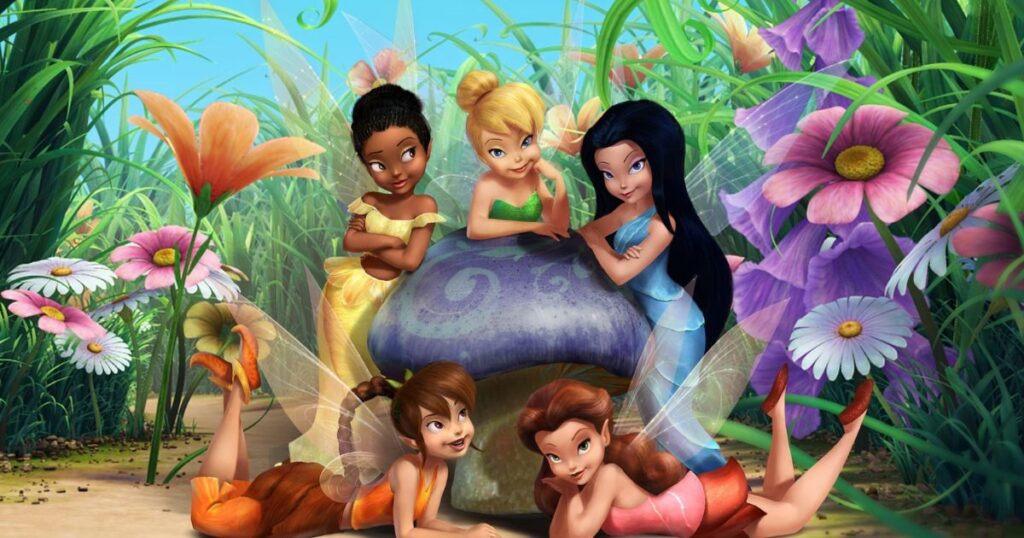
Trooping fairies, also known as fairy troops or fairy hosts, are large gatherings or processions of fairies that are believed to traverse the countryside, particularly during the night or on special occasions.
These fairy parades are often associated with celebration, revelry, and the changing of seasons, and are said to be both awe-inspiring and potentially perilous for those who stumble upon them. According to folklore, trooping fairies can be either benevolent or malevolent, depending on their allegiance to the Seelie or Unseelie Courts.
Some tales warn of the dangers of interrupting these fairy processions, as those who do may face dire consequences or be forced to join the fairy host forever. Other stories depict these gatherings as joyous occasions, where mortals who witness them are granted blessings and good fortune.
11. Redcaps
Redcaps are a type of malevolent fairy found in the folklore of the United Kingdom. These sinister creatures are said to inhabit abandoned mines, castles, and other desolate places. Redcaps are known for their violent nature and their propensity for soaking their caps in the blood of their victims, which is said to give them their distinctive red color.
According to legend, redcaps are among the most dangerous fairies, delighting in violence and bloodshed. They are said to lie in wait for unsuspecting travelers, ambushing them and bathing their caps in the victim’s blood to maintain their vibrant hue. Encounters with redcaps are often depicted as perilous, with few survivors to tell the tale.
12. Leprechauns
Leprechauns are perhaps the most widely recognized and beloved fairies in Irish folklore. These mischievous creatures are often depicted as small, bearded men dressed in green attire and wearing buckled shoes. Leprechauns are associated with luck, wealth, and guarding pots of gold at the end of rainbows, making them popular figures in stories and cultural celebrations.
While leprechauns are often portrayed as harmless tricksters, Irish legends warn against attempting to capture or harm these fairies. It is said that leprechauns are cunning and will use their magic to lead those who seek their treasure astray or even exact revenge on those who wrong them. However, if treated with respect, leprechauns are believed to bestow good fortune and wealth upon the lucky individuals who encounter them.
The Enduring Appeal of Fairy Tales and Folklore
Whether benevolent or mischievous, the enchanting realm of fairies has captivated the hearts and minds of people across cultures and generations. These mythical beings serve as a reminder of the magic and wonder that surrounds us, reminding us to embrace the natural world and the mysteries that lie beyond the veil of the ordinary.
From the playful pixies to the enigmatic merfolk, each type of fairy offers a unique glimpse into the rich tapestry of folklore and storytelling that has been woven throughout human history. These tales not only entertain and delight but also offer insights into the beliefs, values, and cultural traditions of the societies that created them.
In modern times, the fascination with fairies and fairy tales has only grown stronger, with countless books, movies, and television shows exploring these enchanting realms. Whether through the whimsical adventures of beloved characters or the reimagining of classic tales, the world of fairies continues to captivate audiences of all ages.
Final Thought
Ultimately, the enduring appeal of fairy tales and folklore lies in their ability to transport us to a world of wonder, where the boundaries between reality and imagination blur. These stories remind us of the power of storytelling, the importance of preserving cultural heritage, and the enduring human desire to believe in the extraordinary.
So, the next time you find yourself lost in the pages of a fairy tale or mesmerized by the tales of these enchanting beings, embrace the magic and let your imagination soar. For in the realm of fairies, anything is possible, and the line between reality and fantasy is delightfully blurred.

Hey there! I have 5 years of experienced Familynexa Bringing families closer together through shared experiences, advice, and memories. Building connections that last lifetimes.
